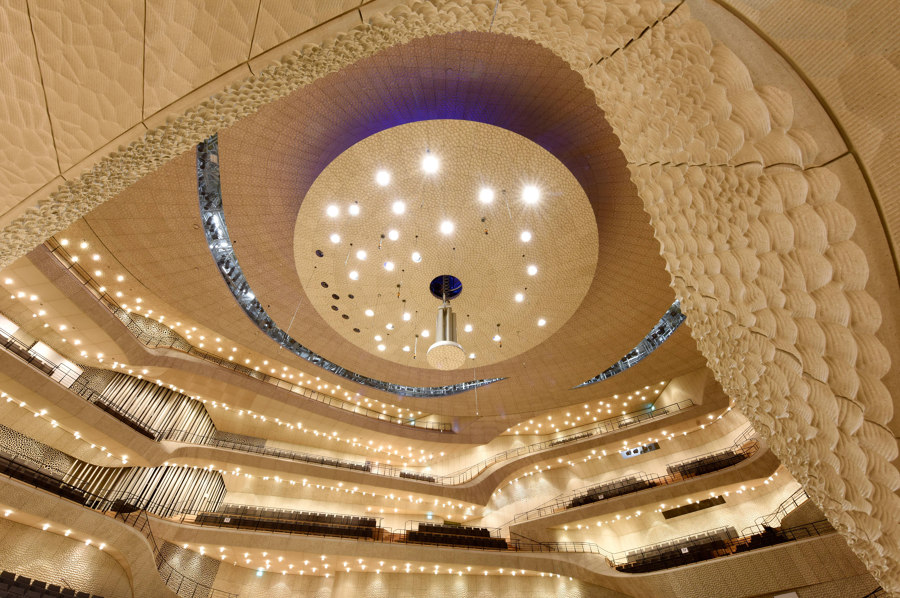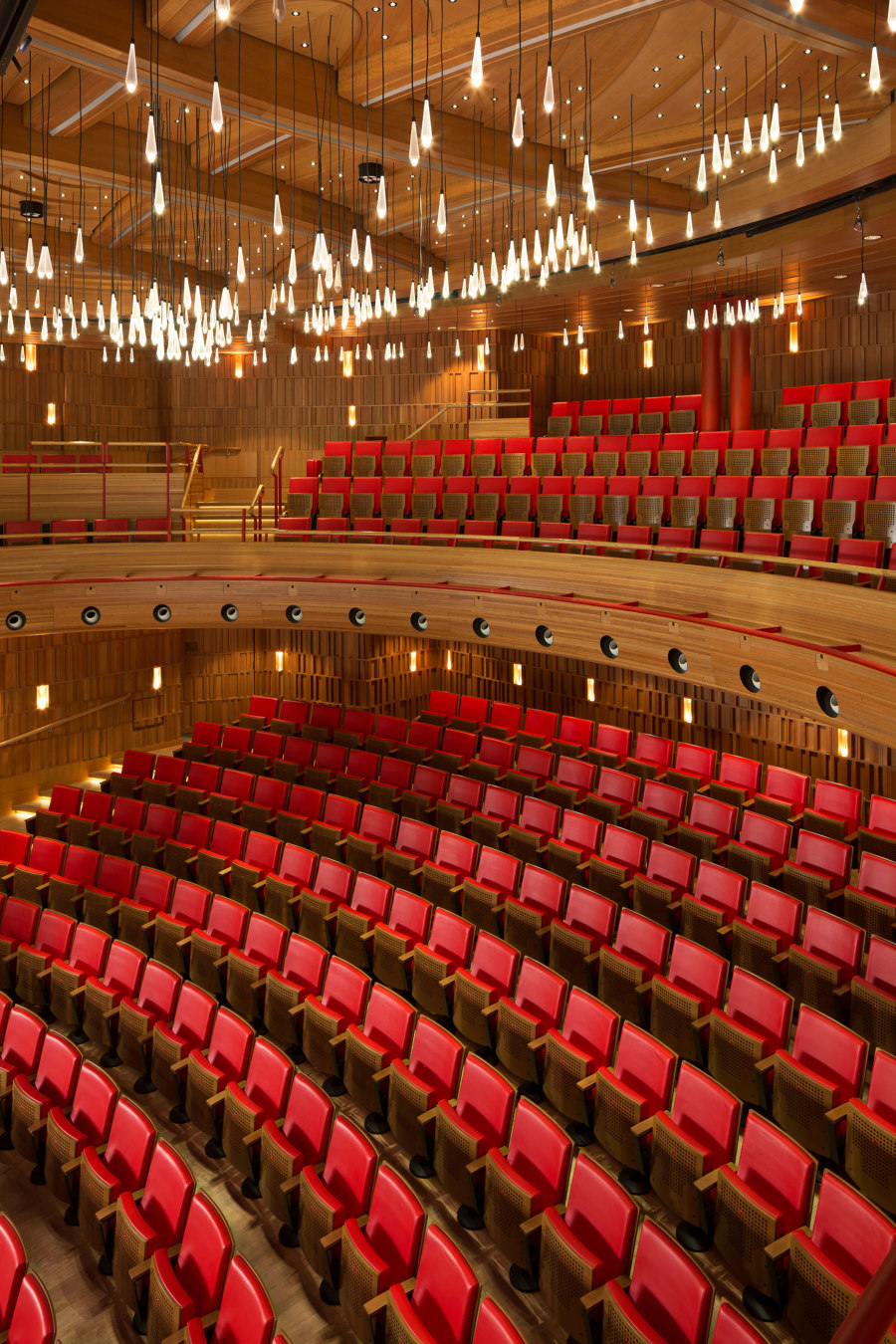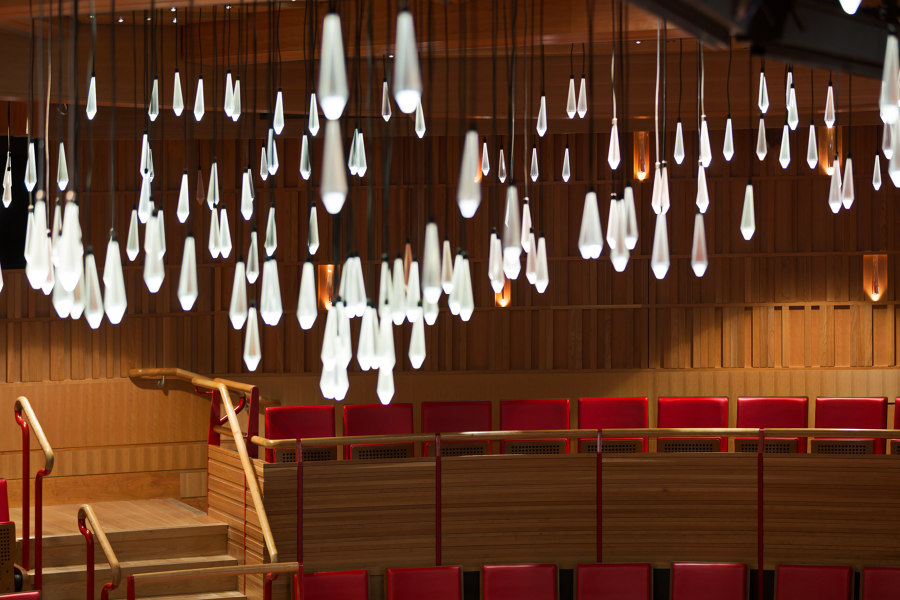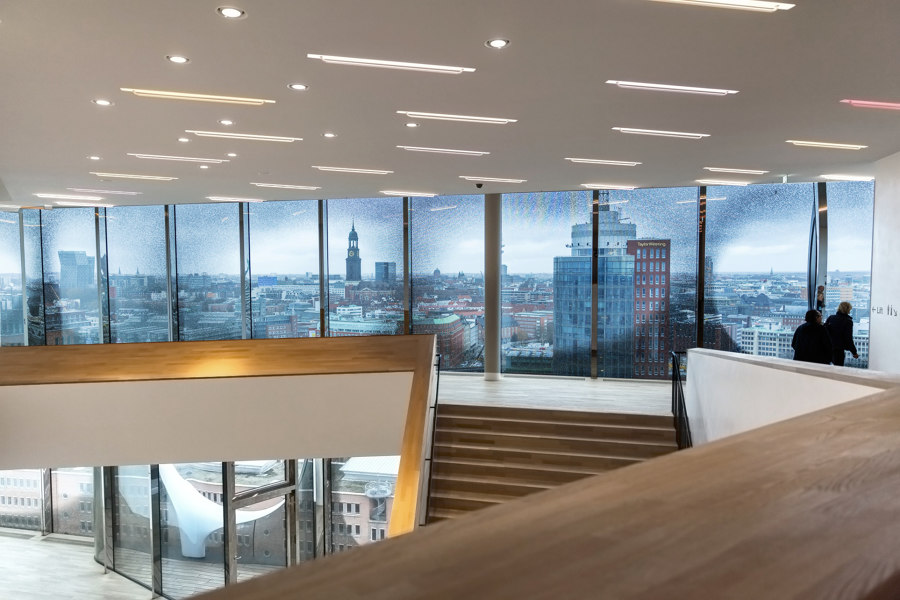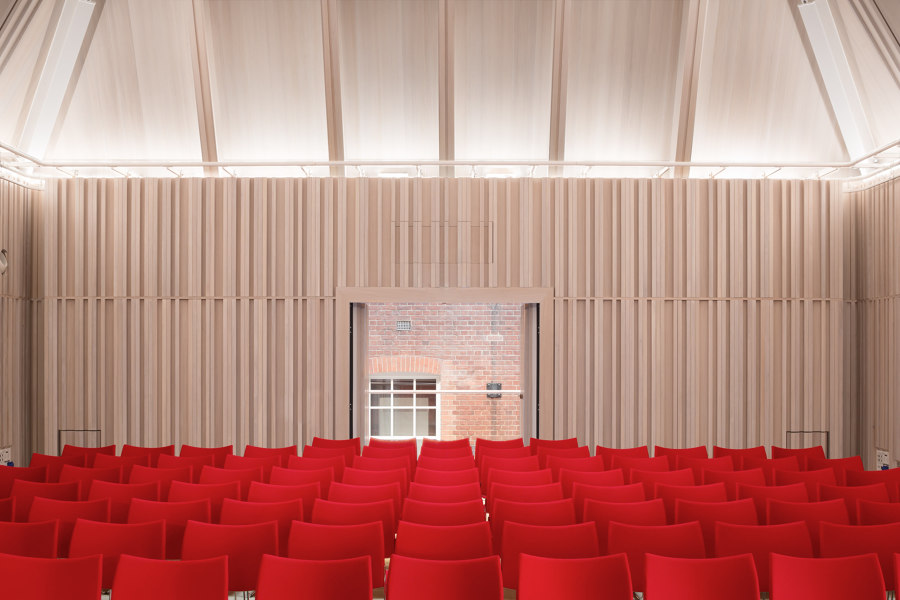Lady of the lamp: in conversation with Ulrike Brandi
Text by Alun Lennon
23.09.20
Ulrike Brandi, founder of the eponymous lighting-design consultancy, discusses the relation between light and architecture – and where she sees it heading.
With both a lighting design institute as well as a design studio to run, not to mention books to write and lectures to give, it’s hard to imagine where Hamburg-based Ulrike Brandi finds time for other pursuits. We were, however, lucky enough to pin her down recently to talk about, among other things, architecture, how light is affected by culture and her first job as a ‘lamp holder’!
What led you to specialise in lighting design back in the 1980s?
I was fascinated by the phenomenon of light, especially by how much it can change an environment and how differently rooms can appear in light. There is something subtle about designing something intangible like light – as opposed to designing objects – that I enjoy.
Maybe light is also in my genes a little bit, because women from three generations before me were photographers. My great-great aunt actually took photographs in the pioneering days of photography at the end of the century before last, my great aunt trained in a well-known Hamburg photo studio in the 1920s, where prints were still made under daylight conditions. For my mother I was the ‘lamp holder’ in portrait and architectural photography.
Elbphilharmonie, Hamburg. Photos: Michael Zapf (top), HUSTEDTnetwork (above)
How has the profession changed as a discipline since then?
There are now many more lighting designers than 30 years ago, which is good, since then it has become much more natural for clients and architects to involve lighting designers.
In the meantime, digitalisation has changed our work processes considerably. Today, we produce elaborate and complex drawings and visualisations to convey our concepts. I sometimes long for very simple hand-drawn sketches with which we used to win the trust of our clients.
'Maybe light is also in my genes a little bit, because women from three generations before me were photographers'
Digitalisation has also changed the light sources available to us, the variety of techniques has been reduced to LEDs, which are very nicely controllable on the one hand, but, on the other, require complex control equipment.
I am glad that we are increasingly being commissioned for daylight projects, I hope that this will become more important throughout the industry. Daylight is the most sustainable and strongest light source.
Royal Academy of Music – Susie Sainsbury Theatre & Recital Hall, London. Photos: Adam Scott
What is the relationship between architecture and light?
Architecture and light are in dialogue with each other, neither can be without the other. It seems, sometimes, as if they dance with one other – tenderly, dramatically, surprisingly or succinctly, as people do.
'Architecture and light are in dialogue with each other, neither can be without the other. It seems, sometimes, as if they dance with one other'
What would your key message to architects be with regard to the consideration of light in their projects?
Let's start with daylight; understand how much natural light the inhabitants of the house get at what time of day and in what season. Plan together very early on, because light is an integral part of rooms, not a decorative addition. And remember simply, that there is something very pleasurable in light!
Your body of work is truly international. Can you identify cultural differences when it comes to lighting design?
I moved my work to the international arena from the very beginning because I am curious and like to travel. People actually have different lighting preferences in different places. Near the equator, they tend to prefer cooler light than people who are closer to the poles. This has to do with the different phenomena of daylight, for example whether there is a long period of twilight or an abrupt change from brightness to darkness. I find it exciting to learn about these differences.
Royal Academy of Music – Susie Sainsbury Theatre & Recital Hall, London. Photo: Adam Scott
The introduction of LED marked a seismic shift in the deployment of light in architecture and its creative expression. What’s next, do you think?
As soon as there is a new technology, designers and engineers will use it to their advantage. The LED makes coloured light possible in a simple way, so suddenly everything is colourful. In the meantime, the novelty of this is fading, so lighting concepts that are less kitsch, let’s say, are being created again.
Lighting design will become more subtle again, and rooms will assume different lighting atmospheres depending on use and time of day. Also, LEDs as point light sources are being supplemented by OLEDs as planar light sources.
At the same time, I am convinced that natural light is gaining in importance as a light source, especially against the backdrop of our limited resources. This is why we have been experimenting a lot with the bioluminescence of fungi since 2019.
© Architonic


